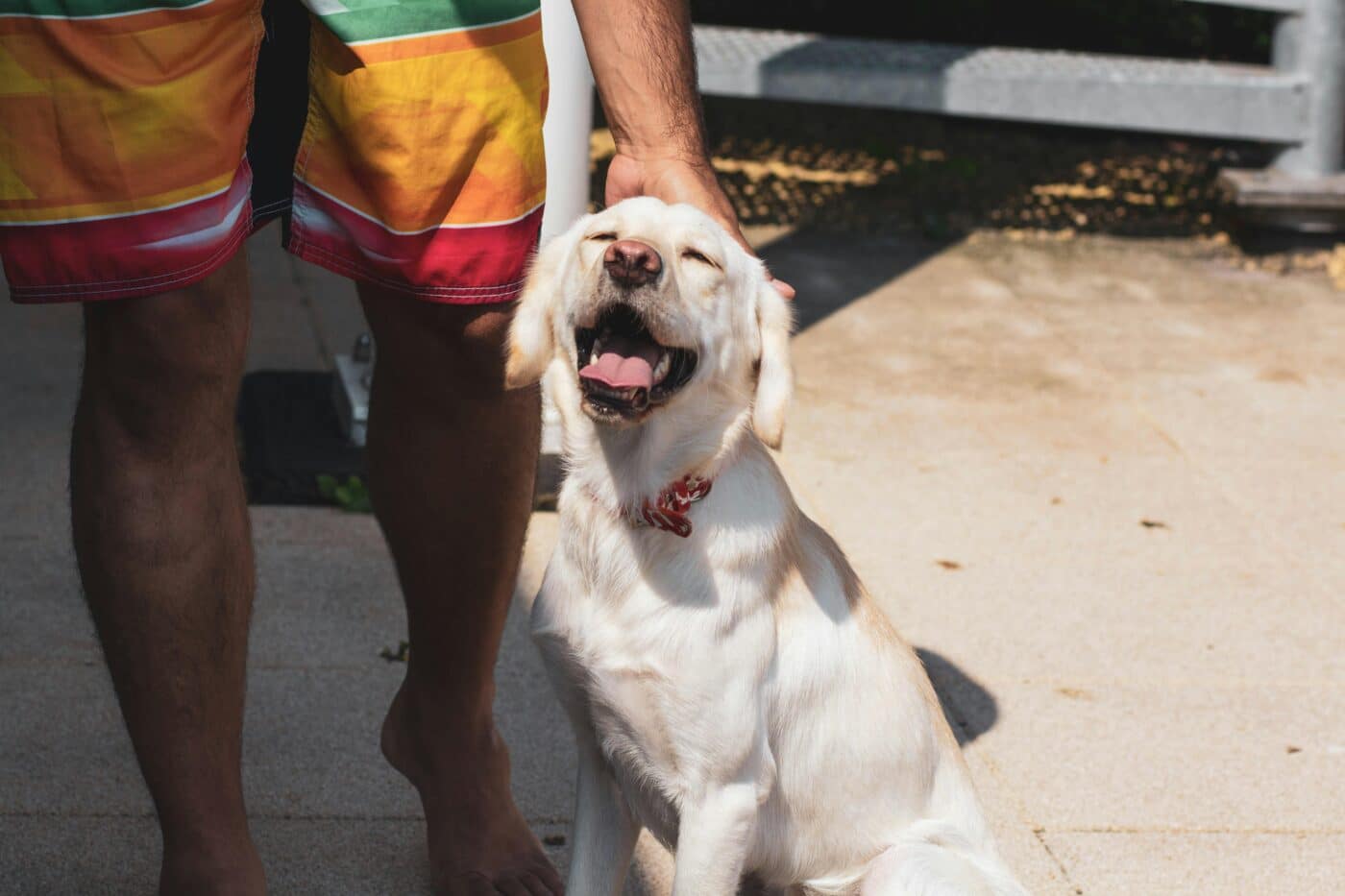 Shutterstock
Shutterstock
Dogs communicate with us and their environment primarily through body language, not just barks or whines. This complex system of signals conveys everything from excitement to anxiety. By understanding these nonverbal cues, we can strengthen the bond between us and our furry friends, ensuring their needs are met and reducing misunderstandings. Recognizing the subtleties in a dog’s posture, tail movement, and facial expressions can help pet owners better interpret their emotions and respond effectively, leading to a happier and more harmonious relationship with their dogs.
Wagging Tails
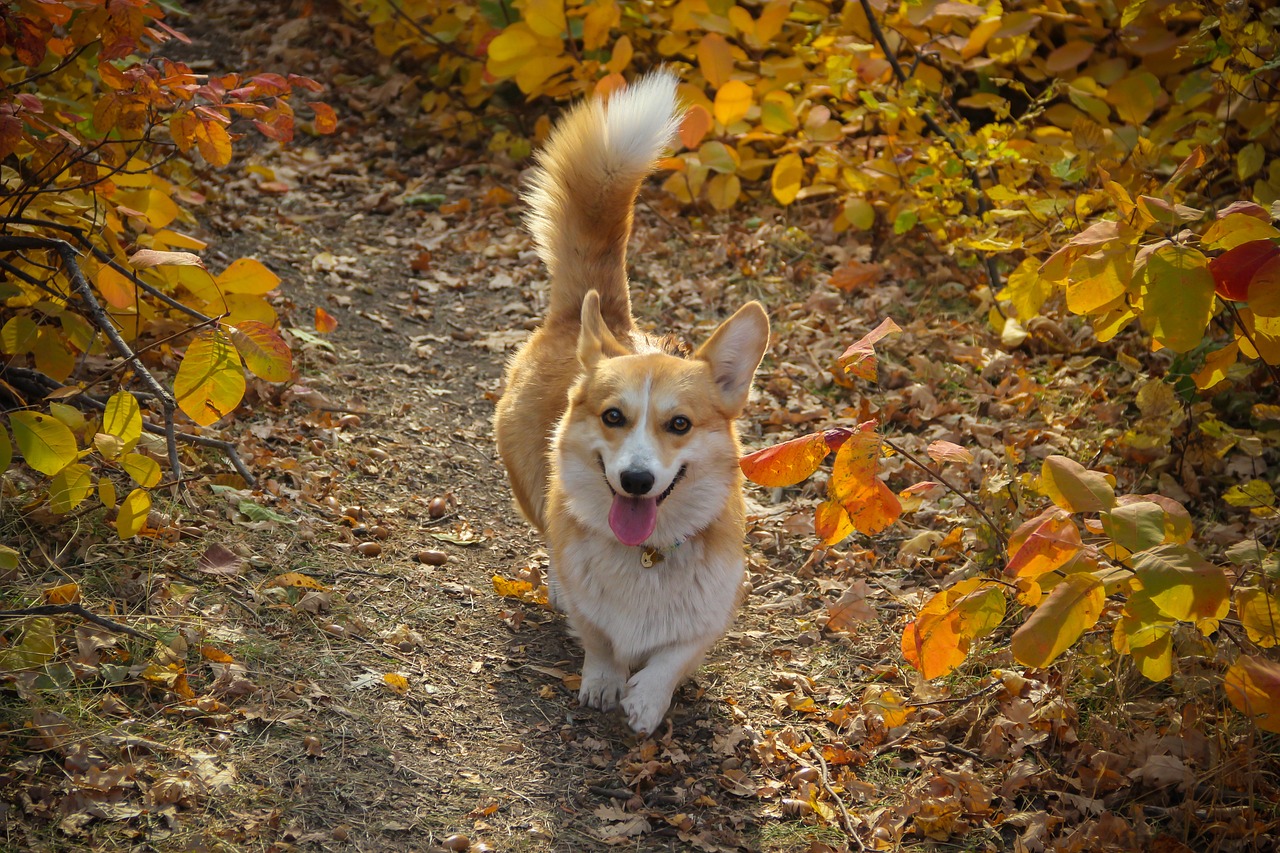 Shutterstock
Shutterstock
A wagging tail is one of the most recognizable signals a dog can give, but it doesn’t always mean happiness. The way a dog wags their tail can reveal a lot about their emotional state. For example, a loose, wide wag often indicates excitement and friendliness, whereas a stiff, slow wag can suggest uncertainty or even aggression. The tail position also matters: a high, stiff tail might signal confidence or dominance, while a low, tucked tail shows fear or submission. By paying attention to the speed, position, and movement of a dog’s tail, you can get a clearer understanding of what they’re feeling.
Ear Position
 Shutterstock
Shutterstock
A dog’s ears are incredibly expressive and can quickly convey their emotional state. Ears perked up and forward usually indicate alertness or curiosity, showing that the dog is focused on something interesting or unfamiliar. Ears that are laid back against the head often suggest submission, fear, or discomfort. Some dogs, such as those with floppy ears, may not have as dramatic ear movements, but you can still observe subtle changes in their ear placement to understand their mood. Watching a dog’s ears can give you an early indication of how they might react to a situation, allowing you to respond accordingly.
Eye Contact and Expression
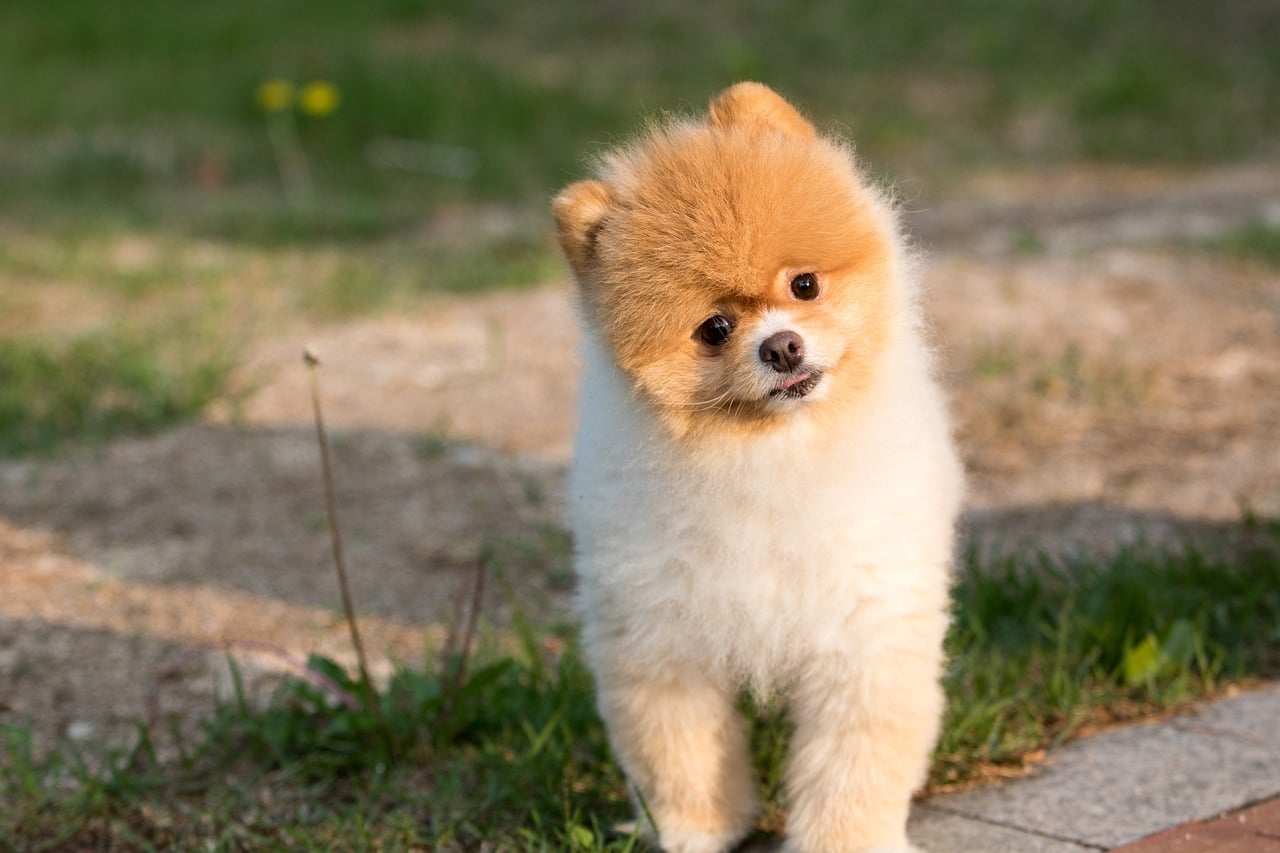 Shutterstock
Shutterstock
Dogs communicate a great deal through their eyes. Soft, relaxed eyes usually mean a dog is calm and comfortable, while wide, hard stares may indicate a challenge or a potential threat. If a dog is squinting or averting their gaze, it can be a sign of submission or discomfort. Direct eye contact between dogs or humans can mean different things depending on the context—it can signify affection and trust, but prolonged, hard eye contact can be a warning of aggression. Understanding the nuances of a dog’s eye behavior helps in interpreting their mood and intentions more accurately.
Body Posture
 Shutterstock
Shutterstock
A dog’s overall body posture is a key indicator of their emotional state. A relaxed, loose body shows that a dog is comfortable and content. In contrast, a stiff, rigid body posture may indicate that a dog is feeling threatened, anxious, or aggressive. A dog that leans forward slightly is likely showing interest or alertness, while a dog that backs away or lowers their body to the ground is displaying fear or submission. Taking note of these full-body cues can provide context for other signals, such as tail movement or ear positioning, giving you a comprehensive understanding of how your dog is feeling.
The Play Bow
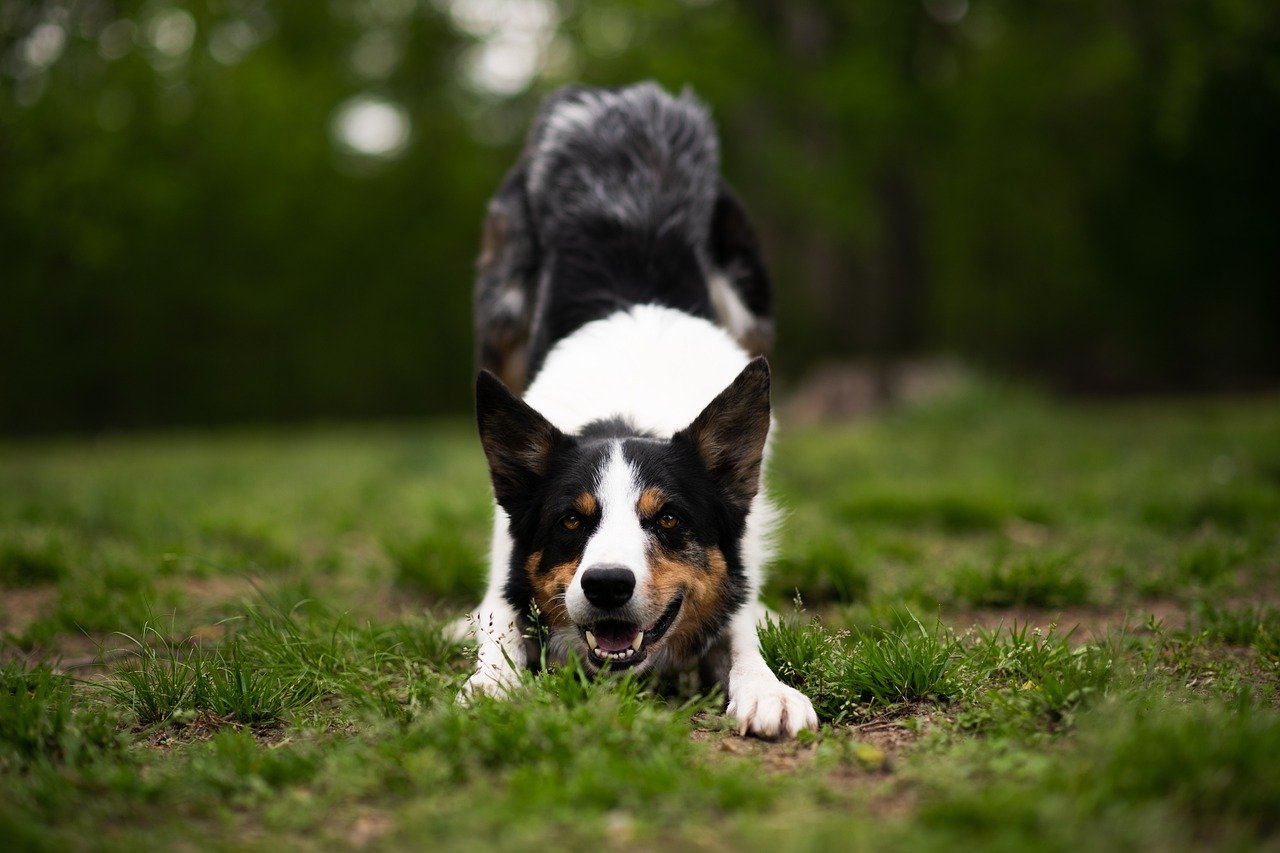 Shutterstock
Shutterstock
One of the most iconic and easily recognizable forms of dog body language is the play bow. When a dog lowers their front half to the ground while keeping their hind end up, it’s an invitation to play. This gesture signals friendly intentions and excitement. The play bow is often accompanied by wagging tails, a relaxed mouth, and playful barks. It’s a universal signal that indicates a dog is feeling happy and wants to engage in fun activities with others, whether it’s with their human companions or other dogs. If you see a play bow, it’s a sure sign your dog is ready for some fun.
Raised Hackles
 Shutterstock
Shutterstock
Raised hackles—when the hair along a dog’s back stands up—are often mistaken as an automatic sign of aggression. However, this body language can indicate a range of emotions, including excitement, fear, or arousal. Raised hackles are a reflexive response to heightened emotions, similar to how humans get goosebumps. It’s important to observe other signals, such as tail movement, body posture, and ear position, to determine what raised hackles mean in a specific context. This will help you understand whether your dog is feeling excited, anxious, or defensive, allowing you to respond appropriately to their needs.
The Subtle Yawn
 Shutterstock
Shutterstock
Yawning in dogs isn’t always an indicator that they’re tired—it can also be a sign of stress or discomfort. This type of yawn is known as a “calming signal,” used by dogs to de-escalate tense situations or self-soothe when they’re feeling anxious. If your dog is yawning frequently during a vet visit, a training session, or an unfamiliar situation, it’s likely a sign that they’re trying to calm themselves down or communicate their discomfort. Recognizing these subtle cues can help you identify when your dog needs reassurance or a break from what’s making them uneasy.
Lip Licking and Nose Touches
 Shutterstock
Shutterstock
Dogs use quick, subtle actions like lip licking or brief nose touches to communicate their feelings. These signals often indicate stress or discomfort, much like yawning. Dogs may lick their lips or nose when they’re in a new or uncertain situation, trying to communicate that they’re not a threat and want to avoid conflict. If your dog starts licking their lips during a visit from a stranger or in a crowded place, it might be signaling that they’re feeling anxious or unsure. Paying attention to these small but meaningful gestures can help you better understand when your dog needs comfort or reassurance.
Paw Raises
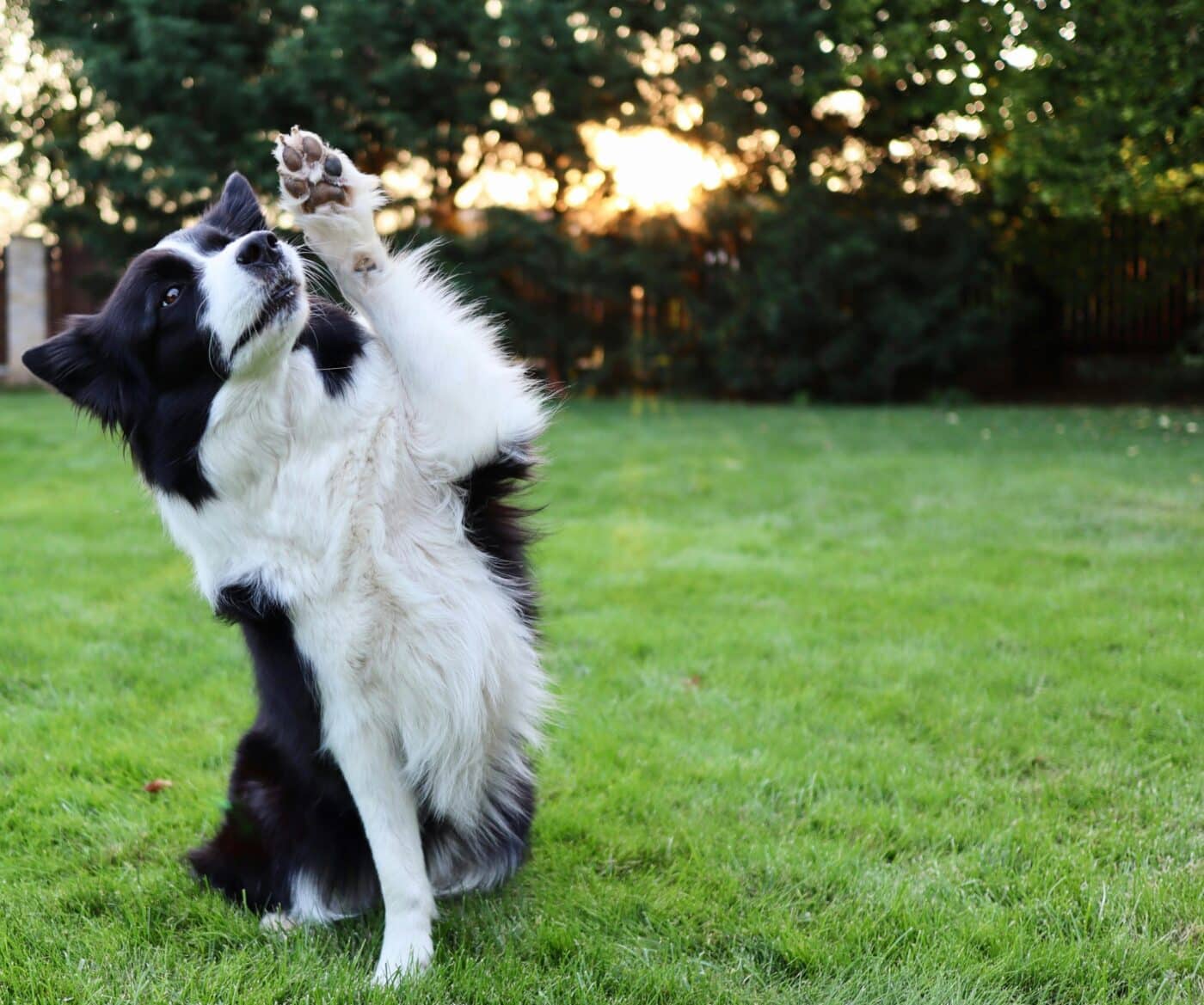 Shutterstock
Shutterstock
When a dog raises one paw, it can be a sign of curiosity or uncertainty. This behavior is often seen in hunting breeds, where a raised paw is part of their instinct to point out prey. However, in a general context, a paw raise can mean that a dog is trying to understand their environment or make a decision. For example, a dog might raise a paw when meeting a new person or animal, signaling that they are assessing the situation. Noticing when and why your dog raises their paw can give you insight into their thoughts and help guide your response.
The Happy Wiggle
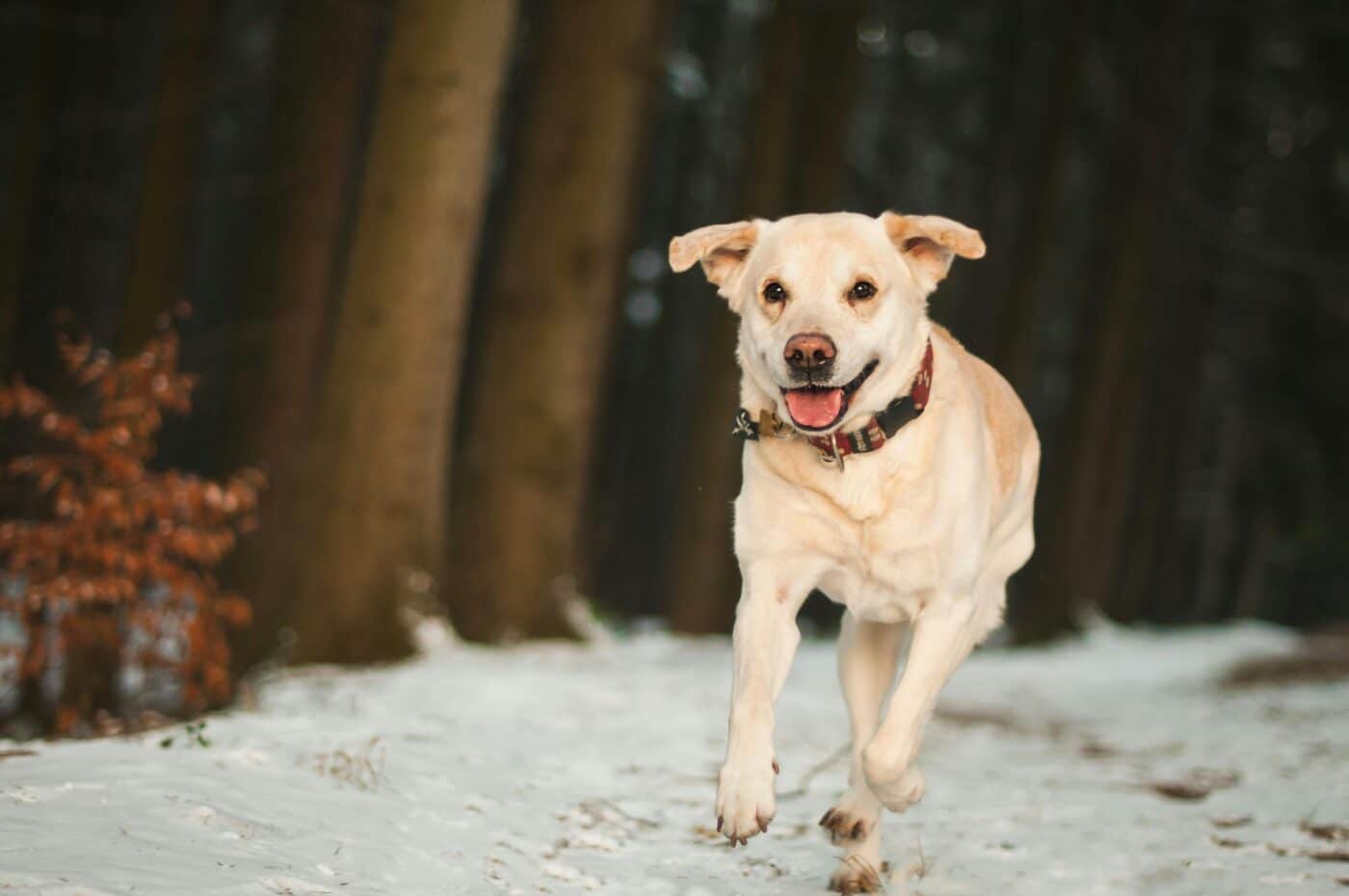 Shutterstock
Shutterstock
When dogs are truly excited and happy, their entire body might join in on the fun. A “happy wiggle,” where a dog’s body wags along with their tail, shows pure joy. This behavior is usually seen when dogs greet their favorite people or are about to engage in a beloved activity. It’s a sign of high spirits, affection, and enthusiasm. A full-body wiggle is one of the most endearing signs of a dog’s happiness, showing that they’re comfortable, thrilled, and eager for positive interaction. It’s a clear signal that your dog is in a great mood and enjoying life.
The Relaxed Roll
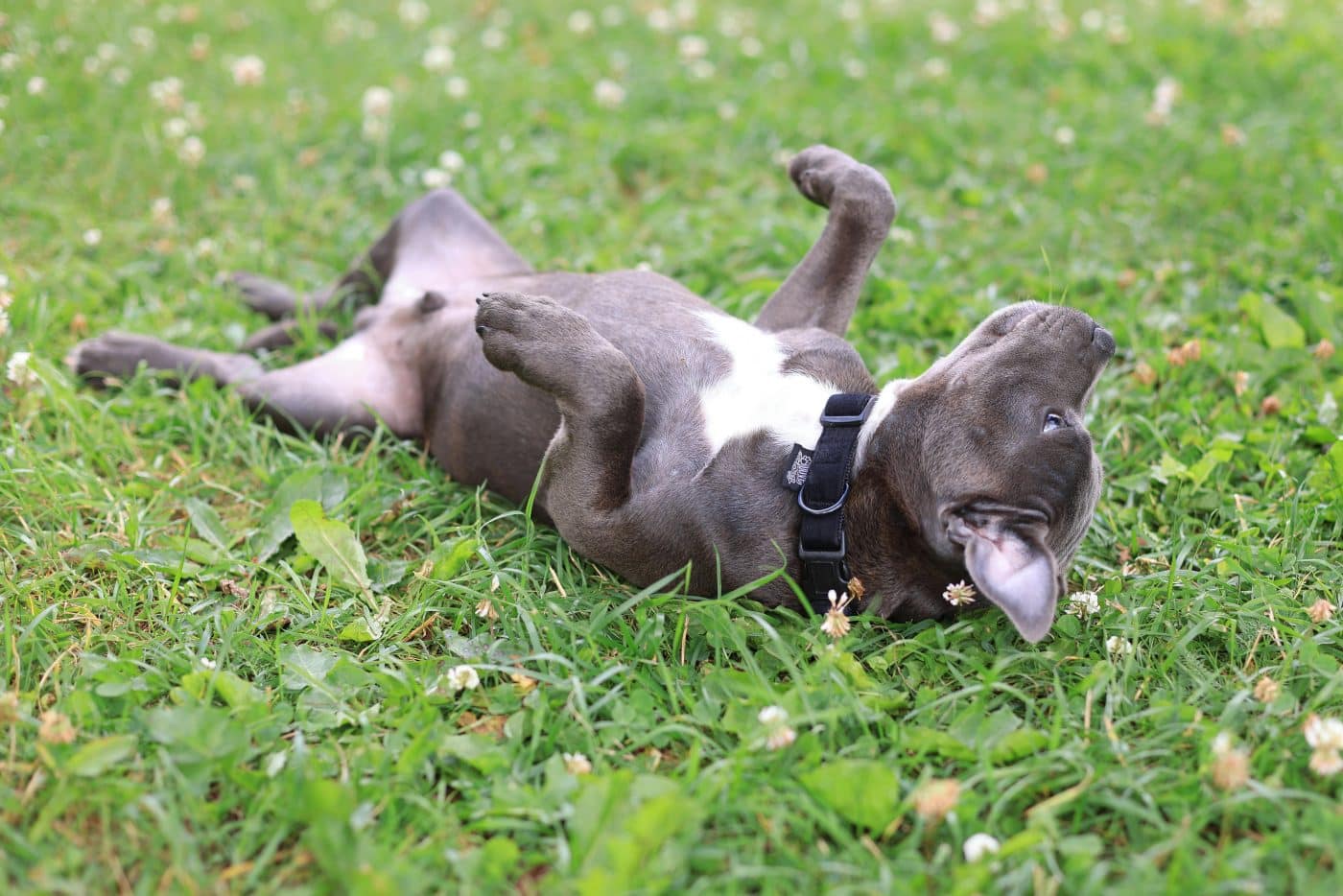 Shutterstock
Shutterstock
One way dogs communicate is by rolling onto their backs and exposing their bellies. While this may look like an invitation for belly rubs, the meaning behind this gesture can vary. When a dog rolls over with a loose, relaxed body and wagging tail, it often means they feel safe and trust the people around them. However, if a dog rolls onto their back in a stiff or tense manner, it could be a sign of submission or even a request to avoid confrontation. Understanding the context and overall body language can help determine what your dog is trying to express.
The Head Tilt
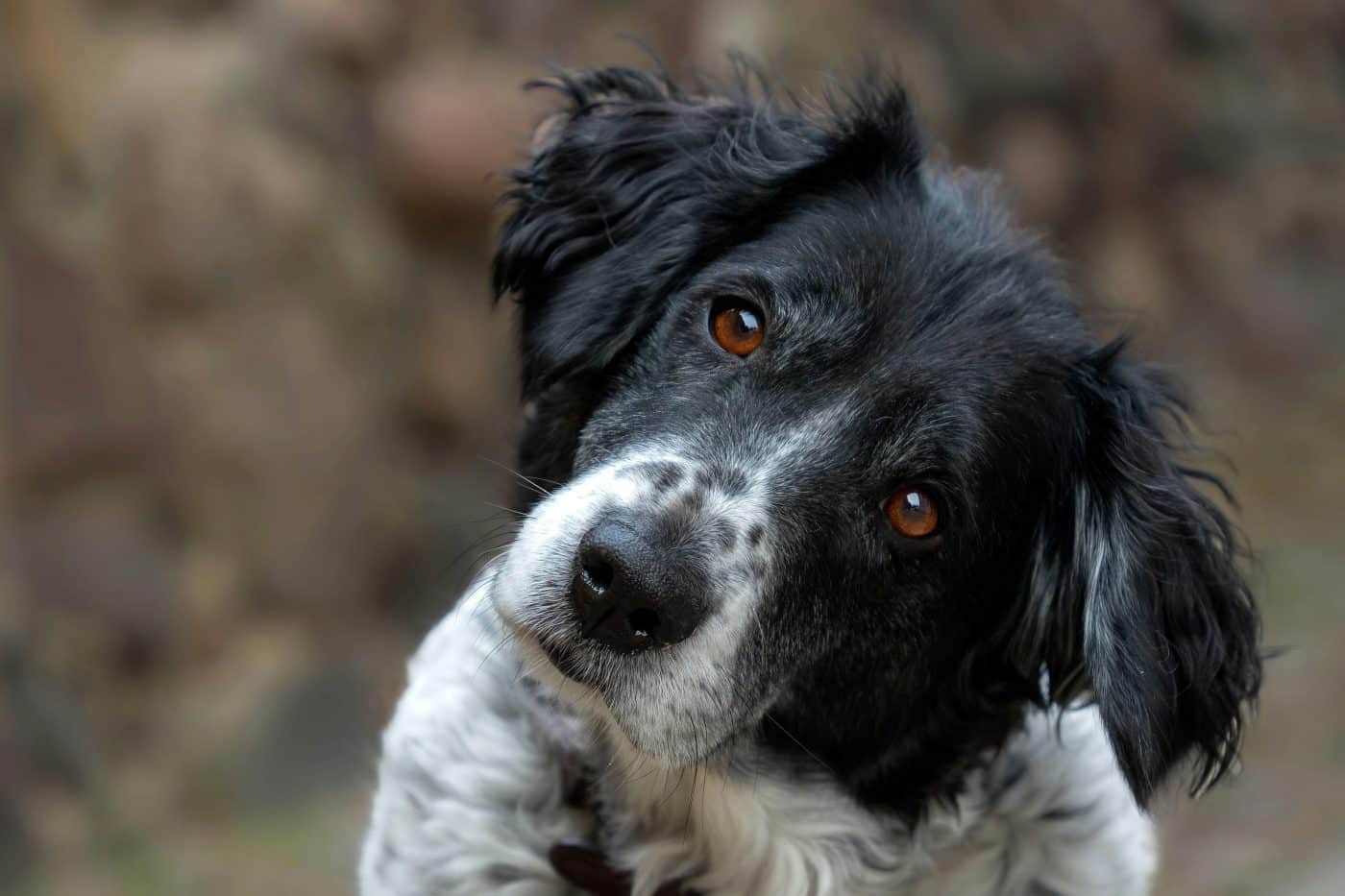 Shutterstock
Shutterstock
Dogs are famous for tilting their heads when they hear a strange sound or when you speak to them in an engaging tone. This adorable gesture often indicates curiosity or a desire to understand what you’re saying. The head tilt helps dogs better pinpoint the direction of a sound, improving their ability to interpret your words or unfamiliar noises. It may also be a sign that your dog is fully focused on you, paying close attention to your voice and facial expressions. When your pup tilts its head, they are actively engaging with you and trying to comprehend the situation.
The Slow Blink
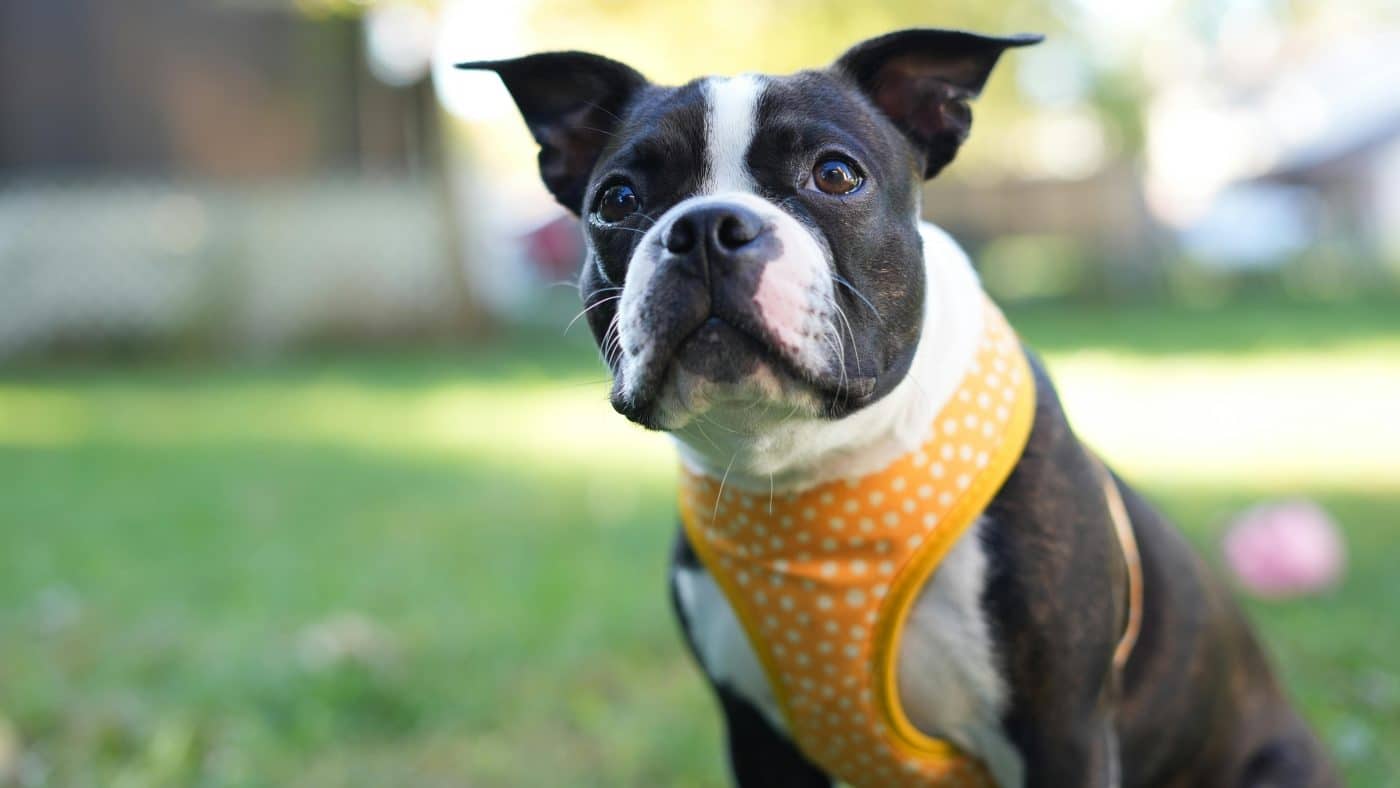 Shutterstock
Shutterstock
A dog’s slow, deliberate blink is a subtle way they express comfort and contentment. Similar to how cats communicate trust with a slow blink, dogs may do this to signal that they are relaxed and at ease. It’s a way of saying they feel safe and unthreatened in their current environment. If you catch your dog giving you a soft, sleepy blink, it can be a sign that they are calm and happy in your presence. This behavior is often seen when dogs are in a familiar, stress-free setting, and it reflects a state of emotional well-being.
The Tail Tuck
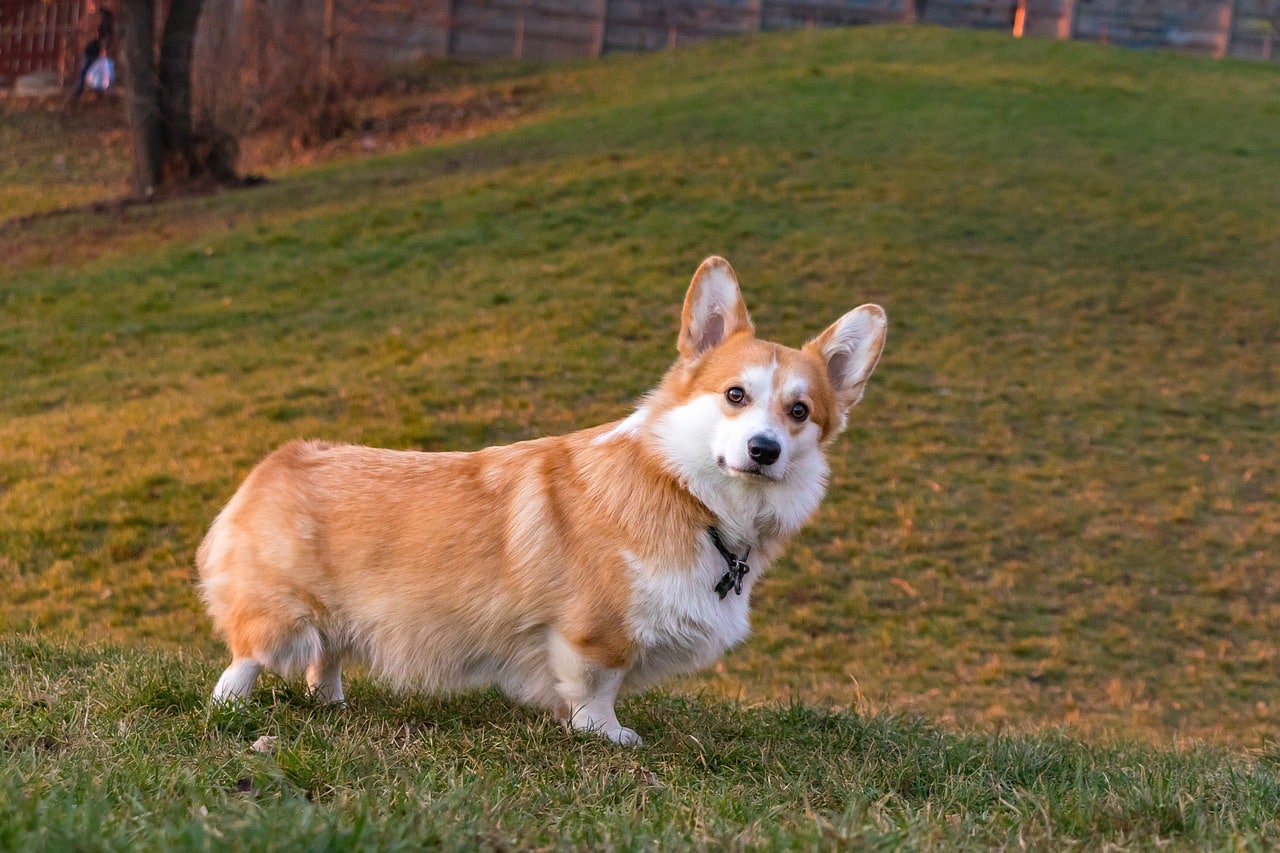 Shutterstock
Shutterstock
While a wagging tail is often a sign of happiness, a tucked tail sends a very different message. When a dog tucks their tail tightly between their legs, it usually means they are feeling scared, anxious, or submissive. This defensive body language can indicate that the dog perceives a threat or is highly uncomfortable. A tucked tail may also be accompanied by other signs of stress, such as trembling, avoiding eye contact, or trying to hide. Understanding when your dog feels this way can help you comfort them or remove them from a stressful situation, easing their anxiety.
The Gentle Lean
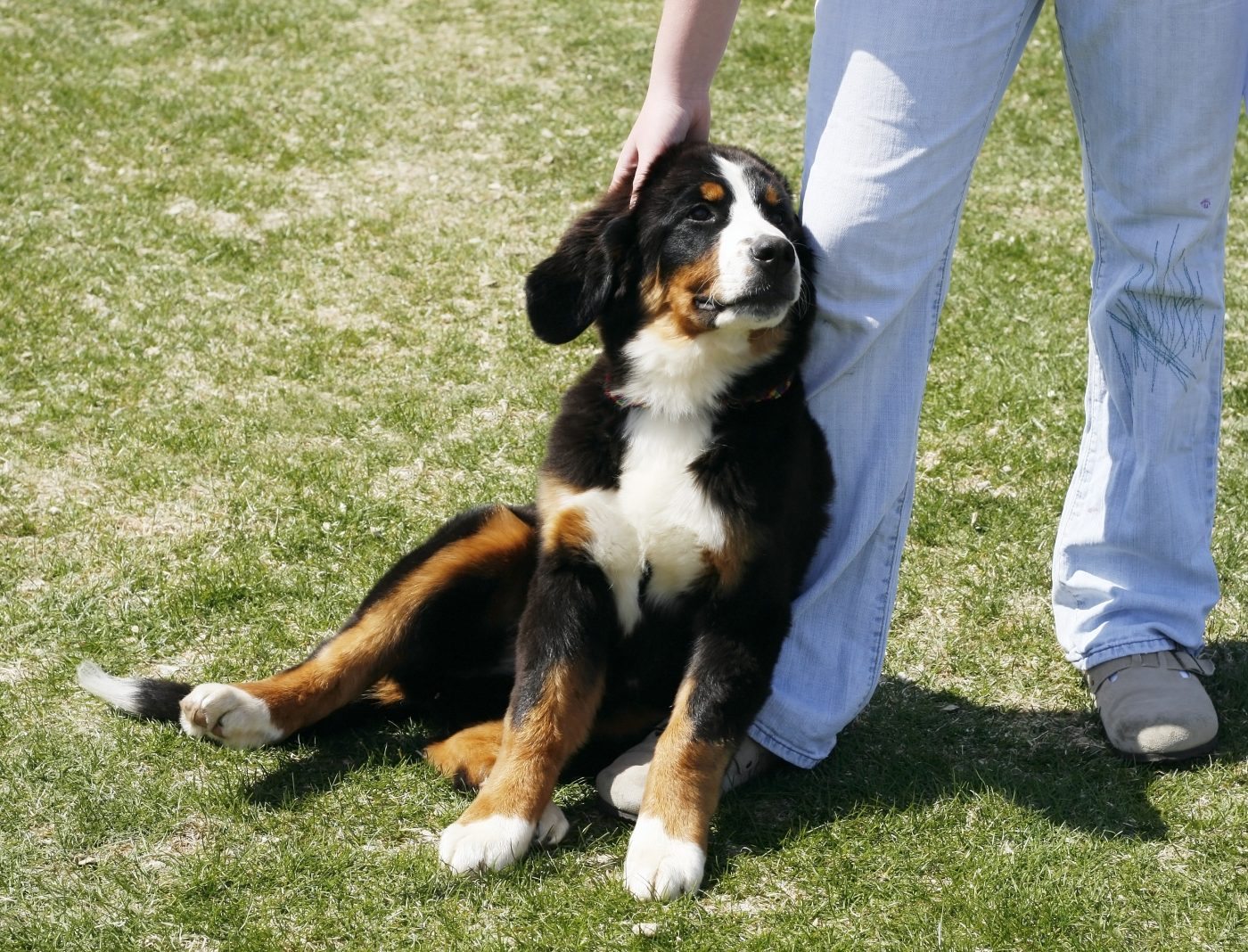 Shutterstock
Shutterstock
Dogs often communicate affection and a desire for closeness by leaning gently against their favorite humans. This endearing gesture is a way for dogs to show they trust you and want to be physically near you. It’s also a sign that they find comfort in your presence and see you as a source of security. When a dog leans into you, they may be asking for reassurance, support, or simply soaking in your attention. This gesture can be particularly common in affectionate breeds or dogs that have a strong bond with their owner, making it a sweet way to connect.
The Nose Bump
 Shutterstock
Shutterstock
Dogs use their noses not only to explore the world but also to communicate with the people they love. A gentle nose bump to your hand or leg is often a dog’s way of getting your attention. They might be asking for a treat, a pat on the head, or just some playtime. In some cases, a nose bump can also be a friendly greeting or a way to show affection. Dogs may use their noses to nudge objects they want or to indicate something they find interesting. Paying attention to these nose nudges can help you understand what your dog needs or wants.
The Circle Dance
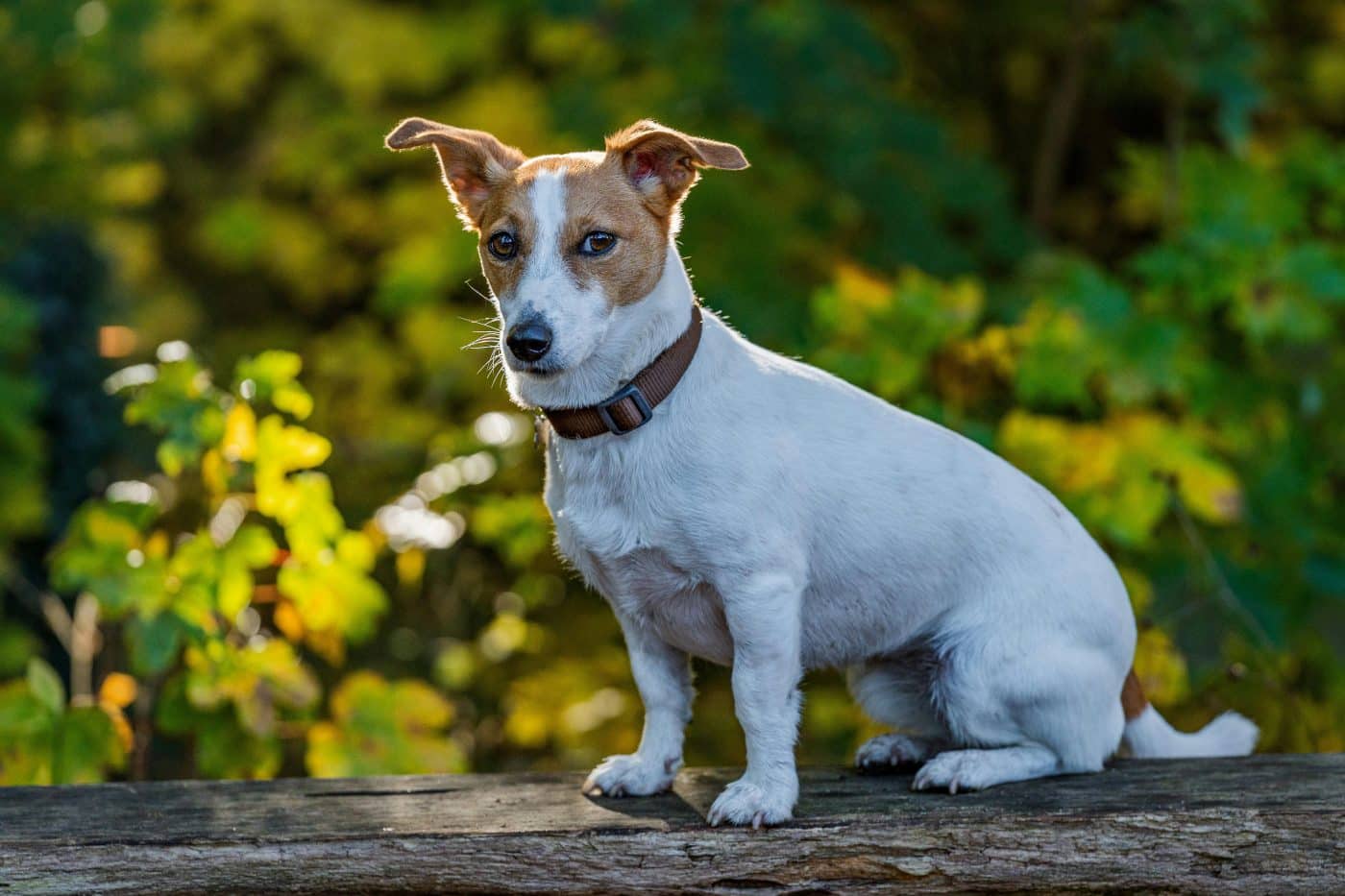 Shutterstock
Shutterstock
If your dog spins in circles when they’re excited, it’s a clear expression of joy and enthusiasm. This behavior is commonly seen when you come home from work or when your dog anticipates something fun, like a walk or mealtime. The circle dance is a way for dogs to release pent-up energy and show how thrilled they are. The faster and more frequent the spinning, the more excited your dog is feeling. It’s a playful and happy form of communication that brings joy to both the dog and their human, and it’s hard not to smile when you see it.
The Tail-End of Our Body Language Journey
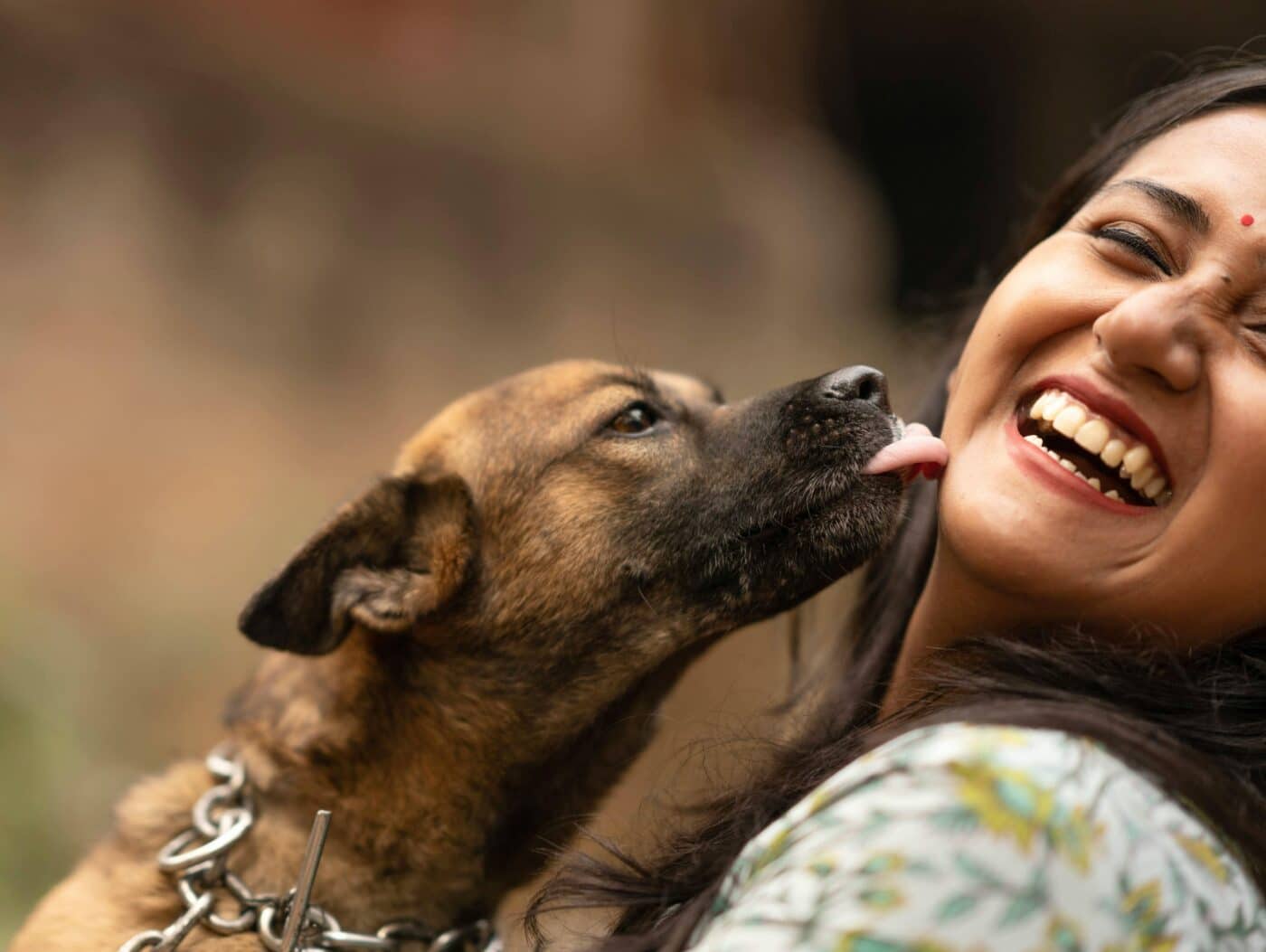 Shutterstock
Shutterstock
Dogs have an intricate and expressive way of communicating through body language, and learning to read these signals helps strengthen the human-canine bond. From the simple play bow to the subtle yawn, each gesture provides insight into what your dog is thinking and feeling. By understanding these nonverbal cues, you can respond more effectively to their needs and foster a happier, more trusting relationship. So, next time your dog greets you with a tail wag or a full-body wiggle, remember: they’re saying a lot without ever making a sound.
 Toledo, United States.
Toledo, United States.